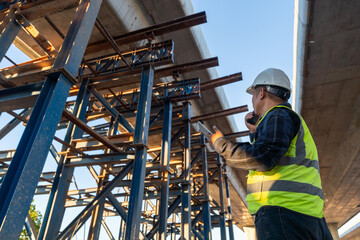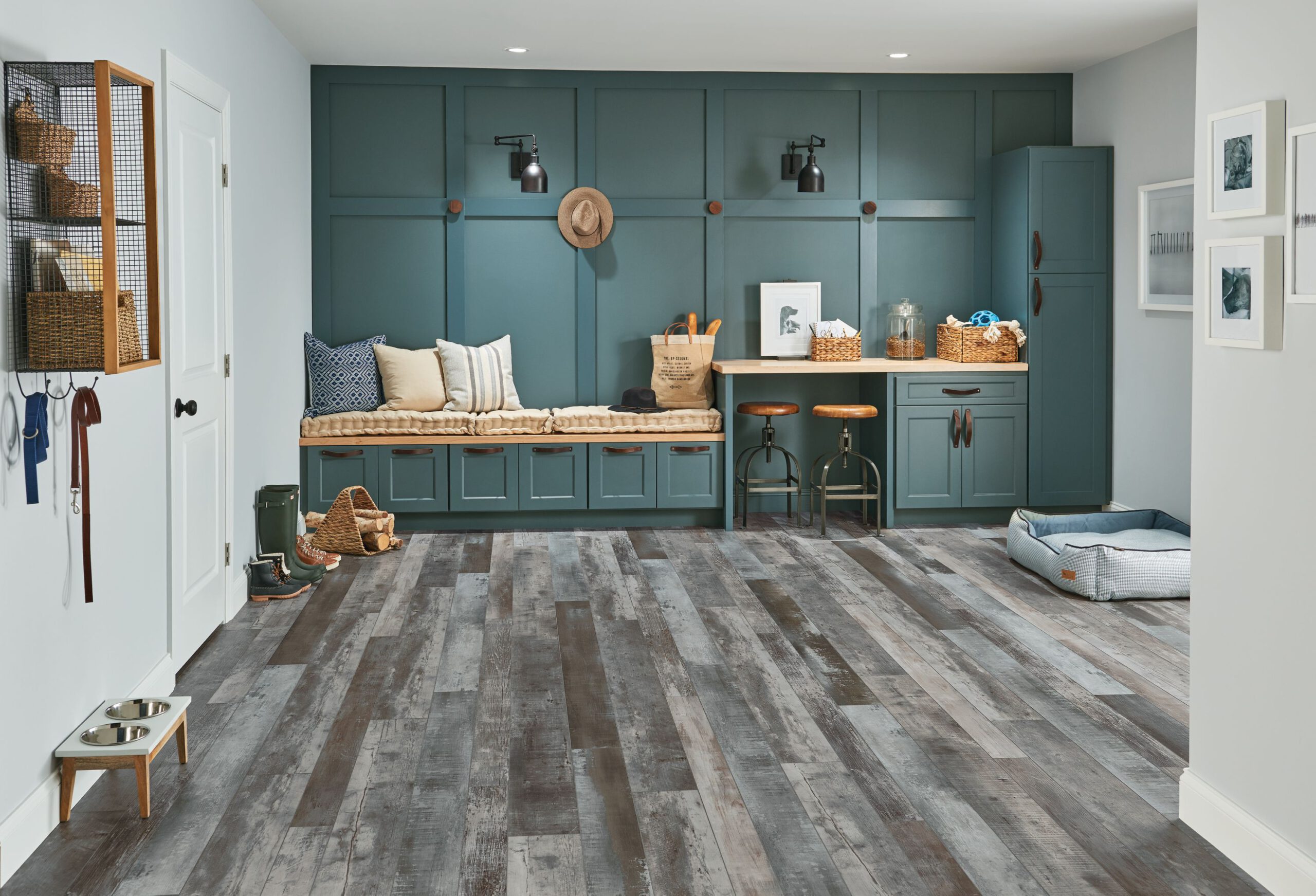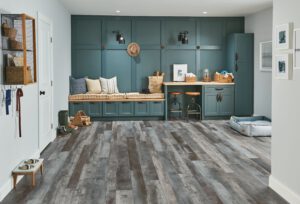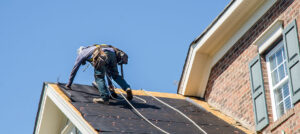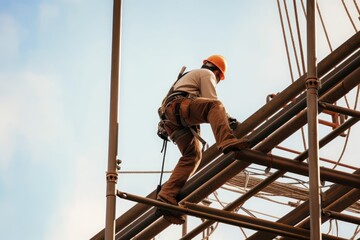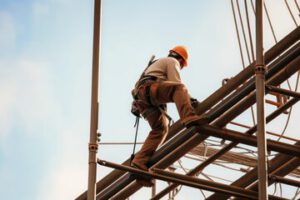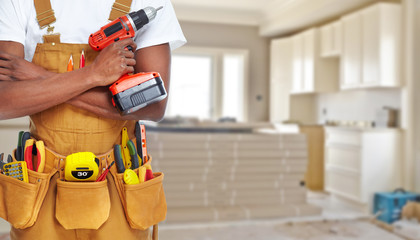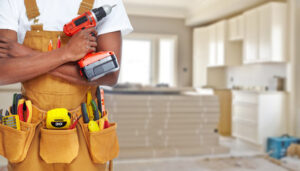From Quonset huts to modern live-work spaces, Metal Buildings OKC are becoming increasingly commonplace. Their durability, affordability, and safety make them a construction option worth considering.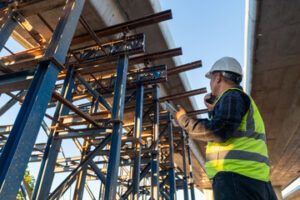
When purchasing a pre-engineered metal building, you can customize it to suit your specific needs by choosing your siding color, panel and roof gauge, steel certifications, and anchors. These customizations will impact your pricing quote.
Steel buildings are extremely cost-efficient compared to other building materials. Because the framing is pre-punched and produced to length, fewer man-hours are required for assembly. This can save on construction costs and help you occupy your building more quickly. Also, metal does not rot or need replacing like wood framing does over time. This can also reduce maintenance costs.
Since steel is pest-resistant, you won’t have to worry about regular treatments or costly structural damage caused by pests such as termites. Furthermore, metal buildings are durable and resist damage from severe weather conditions. This can save on repair and maintenance costs as well as insurance premiums.
Another way that a steel building can save on maintenance is by reducing energy costs. When insulated correctly, they offer much better energy efficiency than traditional buildings. This can greatly reduce heating and cooling bills.
Additionally, a metal building can save on energy costs by using sun-reflecting roof panels and other innovative elements that provide optimal insulation. This will help reduce the amount of electricity you need to cool your building and increase energy efficiency.
In addition to saving money on maintenance and energy costs, a metal building is very affordable to construct. The price of a metal building depends on factors such as color options, gauge, anchors and doors. However, these additional features are optional and can be added later if necessary.
Unlike traditional buildings, which can take weeks to build, a metal building can be constructed much faster. This can reduce labor and equipment costs, as well as rental expenses. Additionally, many insurance companies will offer lower rates for steel buildings due to their durability and security.
Because of the versatility and cost-effectiveness of metal buildings, they are a popular choice for homeowners, farmers, ranchers, commercial businesses and industrial enterprises. Moreover, they can be easily expanded as your business or storage needs grow. This makes them the ideal building solution for anyone looking for a safe, secure and economical space to work or live. Additionally, steel buildings are easy to customize and can be fabricated with the ideal size and layout for your project.
Versatility
A pre-engineered metal building is a versatile construction option that can be used for a wide variety of purposes. Whether you are looking to build a home, an office space, a warehouse, or another commercial structure, these buildings can be designed and customized to fit your specific needs. They are also a great choice for a garage, shop, or storage facility.
Metal building construction offers a vast range of customization options to meet both functional and aesthetic requirements. The paneling type, roofing style, color, trim, and other accessories can be chosen to match the building’s overall design theme. This level of customization is not available with other types of construction, and it allows you to create a truly unique building that meets your personal preferences.
Additionally, the clear-span construction of metal buildings eliminates the need for interior support columns. This means that you can create spacious, uninterrupted floor space and customize the interior layout to suit your specific needs. Additionally, the steel framing is incredibly strong and durable, and it can withstand heavy loads. Unlike wood, it does not rot or warp over time, making it a very cost-effective and dependable construction option.
Pre-engineered metal buildings are also extremely easy to assemble, and they can be built in a fraction of the time that it takes to construct a traditional building. They are typically ready for use in a matter of weeks to a few months, and they can be erected on a concrete slab or a soil foundation. The linear construction process makes these structures ideal for construction in tight spaces and congested areas where other types of construction would be impractical.
In addition to their versatility, these buildings are highly resilient against harsh environmental conditions. They can withstand hurricanes, tornadoes, and earthquakes. They are also resistant to fire, termites, and rot. These features make them a great choice for regions that experience frequent natural disasters.
In addition, the durability and strength of a metal building can reduce your energy costs. The steel framing is a very insulating material, and it can keep the inside of the building at an even temperature, reducing the need for air conditioning and heating. This will significantly lower your energy costs, which is good for both the environment and your wallet.
Environmentally Friendly
With an increased focus on sustainability and a desire to do less harm to the environment, many businesses are choosing green metal buildings for their facilities. These pre-engineered structures are eco-friendly and durable, lasting decades into the future without much maintenance.
Unlike structures made from wood, which are prone to rotting and termite infestations, metal buildings are more resistant to damage from natural disasters like high winds and heavy snowfall. Moreover, they’re also fire-resistant, reducing the chance of a costly and hazardous blaze.
The durability and longevity of steel buildings also means they require less maintenance than other building types. Moreover, any repairs that are needed can be completed quickly and more easily than in structures prone to wood rot or termite infestations. This saves time and money, as well as the need to demolish and rebuild.
What’s more, at the end of their useful life, metal buildings are 100% recyclable—meaning they can be turned into new steel structures, such as cars or appliances, again and again. With no limit to the number of times a material can be recycled, this feature makes steel one of the most environmentally friendly construction materials available today.
In addition to recycling, steel buildings also utilize a minimal amount of other raw materials during construction. This is because all components are pre-engineered to fit onsite and arrive ready for assembly. This reduces waste from sizing materials and cuts down on the amount of supplies that need to be delivered to the building site, further decreasing the environmental impact.
Finally, the use of green operating features in metal buildings can significantly cut energy costs. These include insulation, reflective roof panels, and a variety of energy-efficient appliances and equipment. These measures help save energy and money, as well as reduce greenhouse gas emissions.
With so many benefits, it’s easy to see why metal buildings are an eco-friendly choice for businesses and homeowners alike. If you’re considering a metal building for your next project, contact us today to discuss your options or request a quote. Our knowledgeable team will be happy to answer your questions and provide advice.
Energy Efficiency
With the growing focus on sustainability, it’s important to choose the right construction materials for any new building project. Metal buildings provide a high-quality, energy efficient solution for commercial, industrial and even residential use. They are durable, cost-effective, and offer a wide variety of options for customization. Compared to traditional building materials, such as wood, metal buildings are highly resistant to harsh weather conditions and are not susceptible to pests like termites.
In addition, metal structures are easier to maintain than structures made with other construction materials. Metal is non-porous and does not attract or retain moisture, which means it requires less cleaning and maintenance over time. Additionally, steel structures are much more resilient against damage caused by hail and other natural disasters. They are also able to withstand strong winds, heavy snow and tornadoes, which makes them the ideal choice for many construction projects.
The design of metal buildings makes them extremely energy-efficient. The steel panels can be insulated to keep the interior of the structure warm in winter and cool in summer. This reduces the load on heating and air conditioning systems, which in turn lowers utility bills. The roof of a metal building can even be fitted with solar panels, which convert sunlight into electricity and further reduce the energy used by the building.
Another way that metal buildings are environmentally friendly is in the materials used to construct them. The steel for a metal building is typically designed and manufactured for a specific project, which means that there is very little waste associated with the production process. In contrast, traditional building materials like wood are often used in large quantities and must be cut to size on site, which can lead to significant waste.
In addition, the components of a metal building are pre-punched and produced to length, which speeds up the construction time on-site. This can save construction costs in the form of reduced equipment and man-hours, as well as enable owners to occupy their buildings sooner. It also helps to reduce waste in the form of unused materials that would otherwise need to be discarded.
